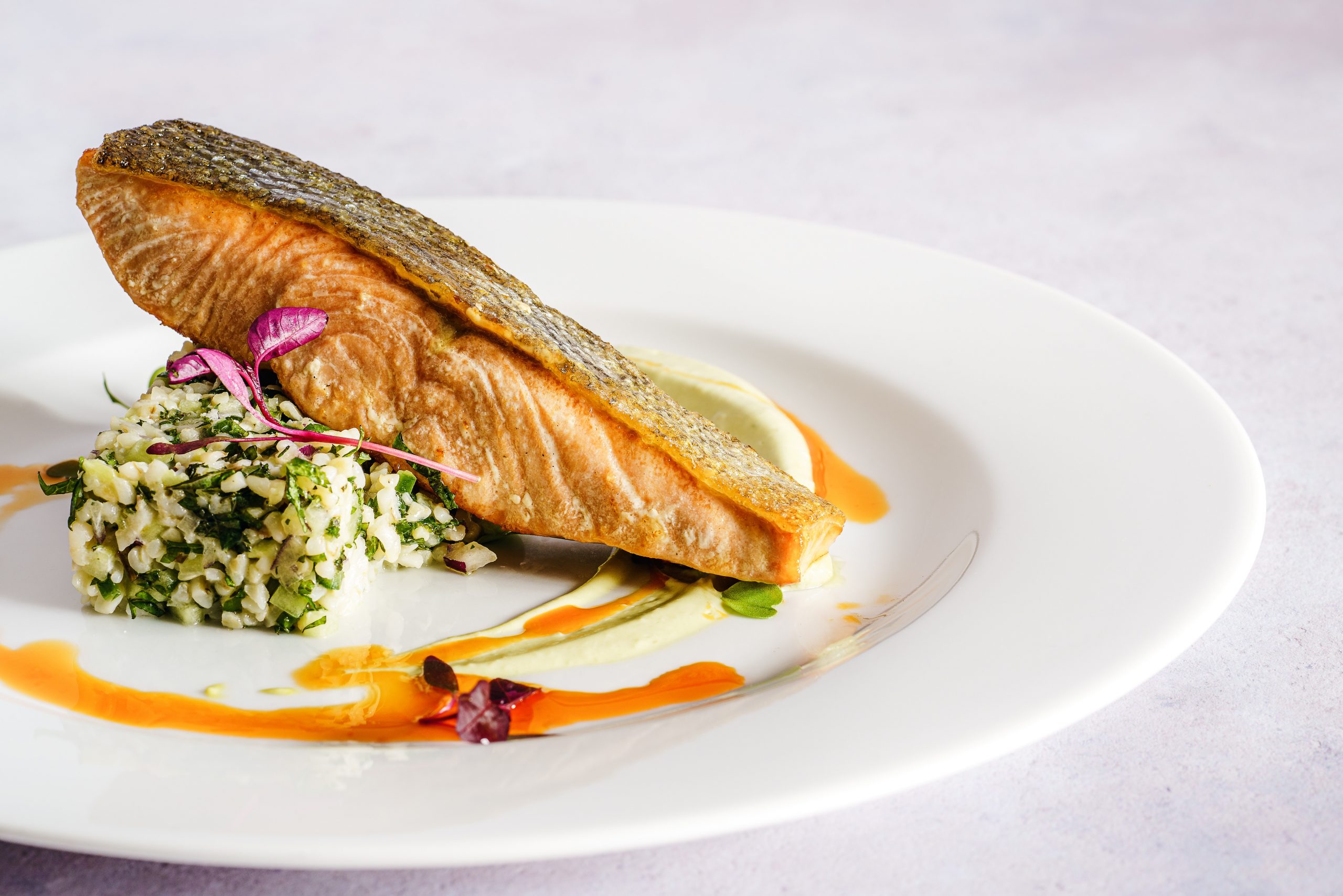If you’ve decided to make sushi at home, but don’t particularly enjoy the flavor of seaweed, there are plenty of alternatives to nori seaweed that you can use instead. If you want to switch things up, check out the many substitutes for nori that you can use next time you make sushi.
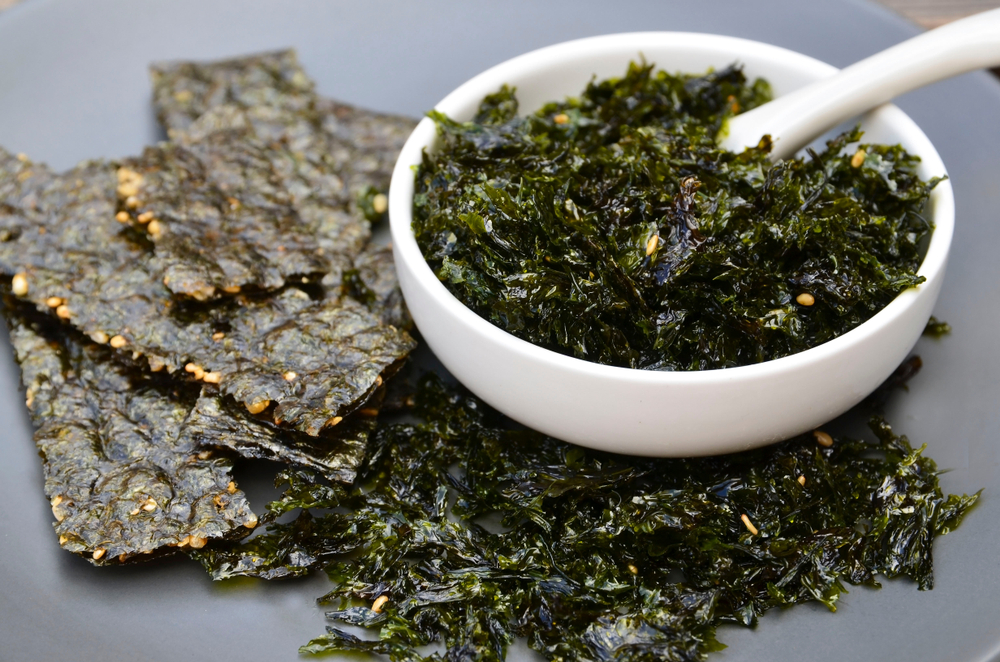
The 13 Best Nori Substitutes to Use for Sushi Wrapping
There are a surprising amount of substitutes for nori that you can use to wrap your sushi. Some of the best ones include rice paper, thin omelets, dried bonito shavings, lettuce, prosciutto, smoked salmon, shiso, soy wraps, and pickled leaves.
What is Nori Seaweed?
Nori is any algae that grows underwater on rocks, and is also known as seaweed. It is a very thin sheet of seaweed that has a crisp texture at first, but almost instantly melts in your mouth. The taste of nori is savory and salty, yet subtle, which makes it great for sushi.
What are Nori Sheets Used For?
Nori sheets are one of the most popular wraps used for sushi. Nori can also be eaten as an appetizer, and should be stored in an airtight bag in the freezer while it is not being consumed.
Can You Roll Sushi Without Nori?
There are plenty of other options for making sushi without nori. Though many of them are unconventional, you can customize your sushi even more to your own personal preferences. If you like the texture of nori but not so much its taste, there is a replacement out there for you.
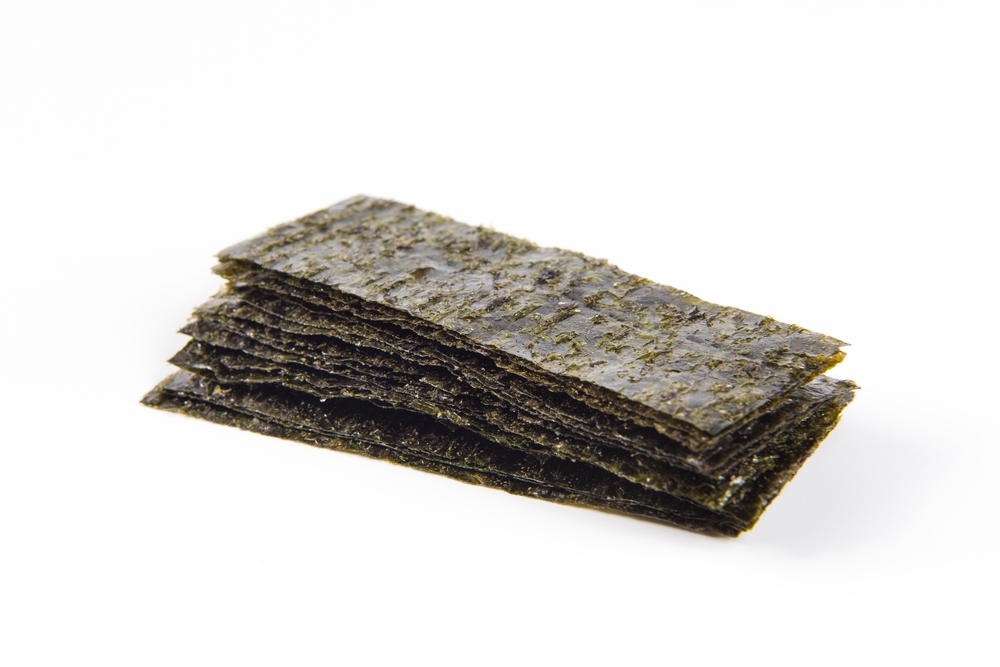
What Can I Use Instead of Nori Seaweed?
1. Rice Paper
Rice paper is a common ingredient in Thai and Vietnamese cuisine, especially for spring rolls. Spring rolls can be conveniently made with rice paper; all you have to do is soak the paper in water and then wrap it around whatever ingredients you’re using.
Well, this can also be done for sushi. It is a considerable option because rice paper doesn’t have much of a taste, so it won’t alter your original sushi too much. It’s a quick alternative to seaweed in sushi. The texture of rice paper is somewhat chewy, unlike nori, but it has an impressive shelf life and is very versatile.
2. Thin Omelets
Sometimes eggs are used as an ingredient in sushi. So, while an omelet might seem like an outlandish choice to use for wrapping sushi, it pairs well with the other ingredients. Making a very thin omelet in a skillet or pan can work perfectly as an alternative to seaweed in sushi.
To do this, make an omelet as you normally would, but be sure that it is delicate and lightweight. Adding some cornstarch or potato starch to the egg will help to keep it from collapsing when wrapping sushi with it. Make sure the omelet cools down completely before using it as a wrap.
If you don’t particularly like the taste of nori, this alternative is right down your alley. Obviously, eggs taste very different from seaweed. The texture is much softer as well. With this method, you can also add soy sauce or sugar to the omelet and it won’t drastically change how the sushi tastes.

3. Dried Bonito Shavings
Dried bonito shavings are a very popular ingredient for making soups, and also make a great topping for many other foods like rice, salad, and tofu. They have a remarkable shelf life and can be eaten directly, without heat.
The shavings won’t really play a part in shaping the sushi, but are a great flavor element. They have a nice aroma as well and pair excellently with soy sauce. A small pack of dried bonito shavings can likely be found at a Japanese grocery store.
4. Lettuce
For hand rolled sushi, consider using lettuce as a substitute for nori sheets. In Asia, it is somewhat common to eat lettuce with barbecued meat. The grilled meat is simply wrapped in lettuce leaves.
The same can be done with sushi rolls. If you are a vegetable lover, using lettuce as a sushi wrap might be just what you’ve been missing. Using salad dressing instead of the regular soy sauce adds a unique touch to it.
5. Tororo Kombu
Tororo kombu is a type of kelp that has been soaked in vinegar for about a day, shaved into flakes, then dried. It is similar to nori in the sense that they are both types of kelp. The texture of tororo kombu is light and soft, and it has indistinct notes of vinegar in its taste.
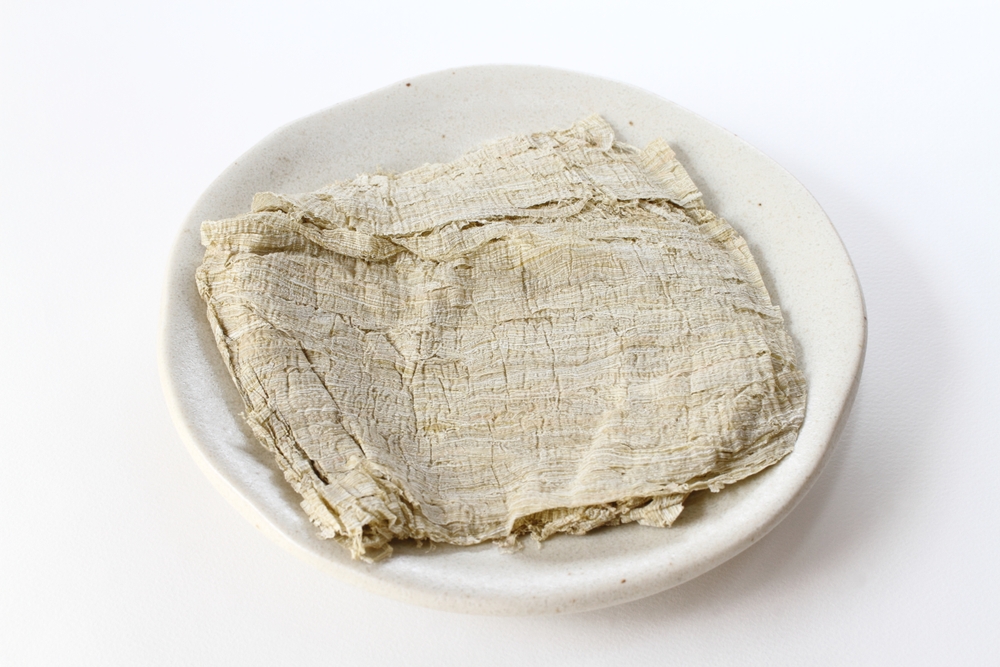
These kelp flakes are often used to top off soups and noodles. They can also be used to cover balls of sushi and rice. It can be used directly out of the packaging, without heating, making it a very easy substitute for nori sheets. Tororo kombu can also be found in sheets, like nori, at grocery stores.
6. Cured Meats (Prosciutto)
If you want to try something totally different to wrap your sushi as a nori alternative, try using thinly sliced pieces of meat. Any type of meat can really work for this, like roast beef or prosciutto, so long as the slices are very thin.
In Japan, this is already a somewhat common practice for making rice balls. The taste of smoked meat along with rice is a decadent combination. It pairs well with sweet and salty sauce, like soy sauce, and vinegar rice in particular goes together with meats.
7. Smoked Salmon
Salmon is a very popular topping for sushi already. So, using it as a sushi wrap is a sensible choice to make instead of using nori. Smoked salmon has a subtle, salty flavor and palatable scent, making it a great option to use as a seaweed substitute for your sushi.
8. Pickled Leaves
In Japan, pickled leaves are already sometimes used to wrap sushi. Usually these are nozawana (turnip greens) or takana (mustard greens). More commonly, they are cut into small pieces and used as an appetizer. But, sometimes they will also be used as an alternative to seaweed in sushi wraps.
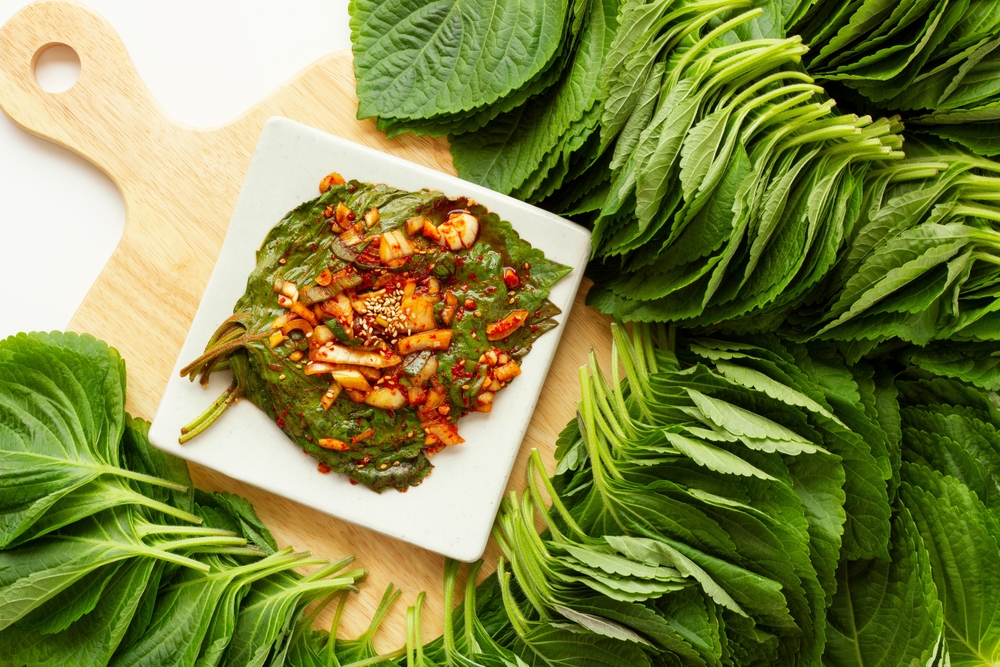
The subtle saltiness of a vegetable leaf might be exactly what you need to complete your sushi. Unlike nori, it has a freshness that can only come from vegetables. This is a great option for those who especially do not like the taste of seaweed.
9. Shiso (Japanese Basil)
Shiso, a sort of Japanese basil, is used in Japanese cooking quite often. Its main purpose may not be for sushi, but it definitely works. It is very versatile and extremely low in calories, sodium, and fat.
The color of shiso is bright green, making it a fun addition. It is also aromatic and pairs well with basically any vegetable, rice, and soy sauce. It’s a healthy alternative to nori.
10. Thin Deep-Fried Tofu
Inari sushi is a type of sushi made by stuffing the rice and other ingredients into a thin layer of tofu that has been deep-fried. It is not too popular in Japan, but still using deep-fried tofu makes for a sufficient nori replacement in sushi.
The flavor of tofu is just subtle enough to work, and it tastes delicious with soy sauce and sugar. Using a small pan to fry your tofu will provide optimal results, as it will be the most crunchy.
11. Soy Wraps (Mamenori)
Soy wraps are another great choice for those who aren’t the biggest fan of the taste of seaweed. They tend to be healthier than rice wraps, and likely are more available at your local grocery store.
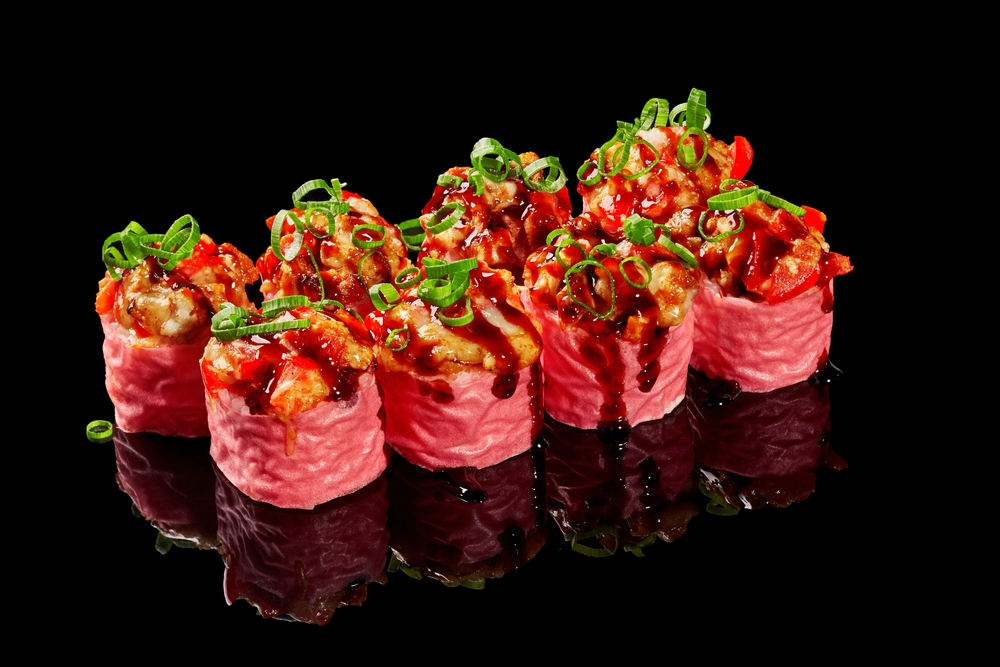
Another plus of using soy wraps is that they are free of calories, so are a considerable option for someone who may be trying to lose weight. Soy wraps also come in a variety of colors so your sushi can look more fun, too.
12. Cucumber Wraps
Cucumber wraps can easily be obtained and don’t have a very strong flavor, making them a viable choice for sushi. All you need is a cucumber. First peel the skin off of the cucumber, then using a moist knife, cut a thin layer out of the cucumber.
Keep cutting out layers of the cucumber until you reach the center. Then, you should have enough layers to sufficiently wrap rice balls or sushi.
13. Origami Wraps Made From Fruit And Vegetable Puree
In recent years, sushi has risen massively in popularity. This has led to people getting more creative with how they eat their sushi. Using an origami wrap made from vegetable puree has become one unique and fun way to enjoy sushi at home.
These wraps can be purchased online, and come in a variety of flavors and colors. In different seasons, different colors of fruit and vegetable wraps become popular. It’s a great way to customize your sushi, as there are a plethora of flavors available.
Related Questions
What Does Nori Seaweed Taste Like?
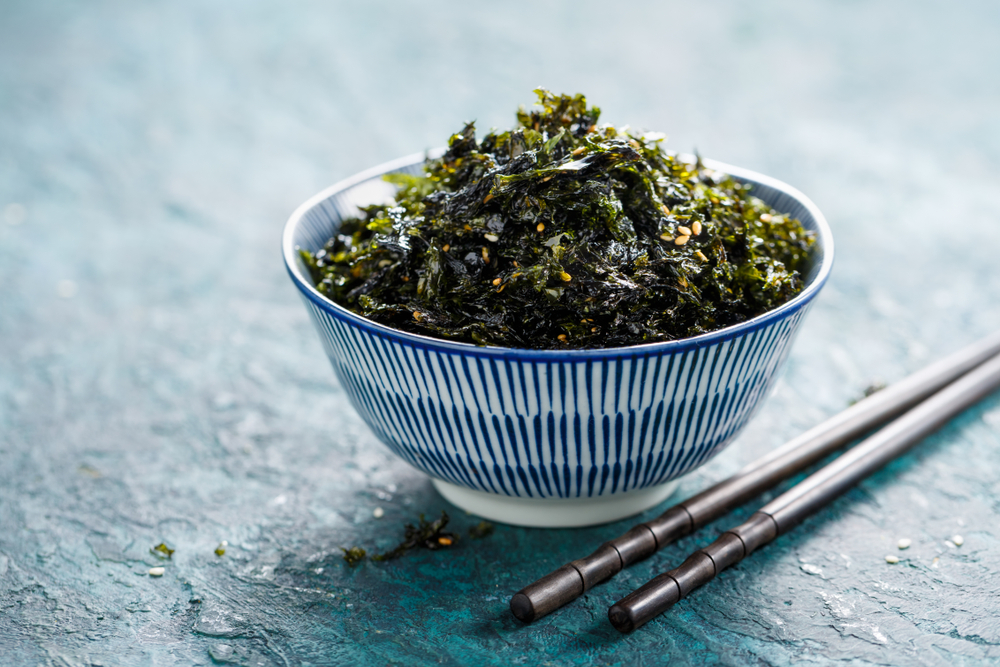
Nori seaweed has a crunchy texture at first that melts in your mouth. It mainly tastes of salt, which is unsurprising as it comes from the ocean. It has a subtle grassiness in its taste, which also makes it great for sushi as it pairs well with vegetables.
Is Nori Hard to Digest?
Eating too much seaweed can actually cause digestive issues. Many of the carbohydrates in seaweed can physically not be digested by the human digestive system. These carbohydrates that can’t be broken down go to the gut bacteria instead.
Is Nori the Same as Kelp?
Nori is similar to kelp, but they are not the same thing. The word “kombu” means kelp, while “nori” means seaweed. The main distinguishing factor between these two is their size and where they grow. Kelp must be grown in saltwater near coastlines, but seaweed can be found in many types of waters including lakes and rivers.
Conclusion
Nori is one of the most popular foods to wrap sushi with. If you don’t have any nori on hand, or want to try something different, you’re in luck. There are plenty of sufficient replacements for nori seaweed that mimic some properties of nori which makes it perfect for wrapping sushi with.


